Sony Bravia KDL-55X4500 55in LCD TV Review
Sony Bravia KDL-55X4500 55in LCD TV
Sony demonstrates its TV know-how with the 55in KDL-55X4500.
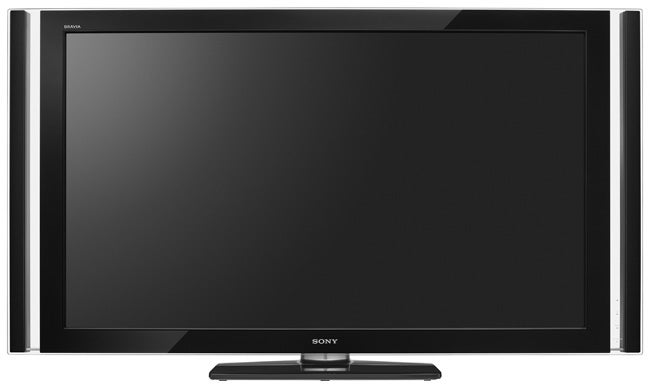
Verdict
Key Specifications
- Review Price: £3520.00
For a succinct snapshot of just how extreme Sony’s latest TV range is, you only have to compare the entry-level KDL-37V4000 reviewed a few days ago with today’s KDL-55X4500. For these two LCD TVs exist a whole £3,000 apart – a difference that’s sure as hell going to take some explaining if you’re trying to sell the idea of a 55X4500 to a reluctant other half. Especially as the 37V4000 is actually rather good within the context of its self-imposed limitations.
The key with the 55X4500, though, is that it doesn’t really bother with boring stuff like ‘limitations’. Its £3,520 price suggests that Sony’s engineers have been given room for some true ‘blue sky’ thinking – with really quite amazing results. 
The grandeur begins as soon as you set eyes on the 55X4500. For as well as enjoying the customary high-gloss black bezel, the 55X4500 extends outward beyond the black bezel’s outer edge with two transparent glass wings, within which sit a pair of slender ‘finger’ speakers. You can even choose optional Obsidian Black or Ruby Red speaker grilles if you want to up the glamour even further. 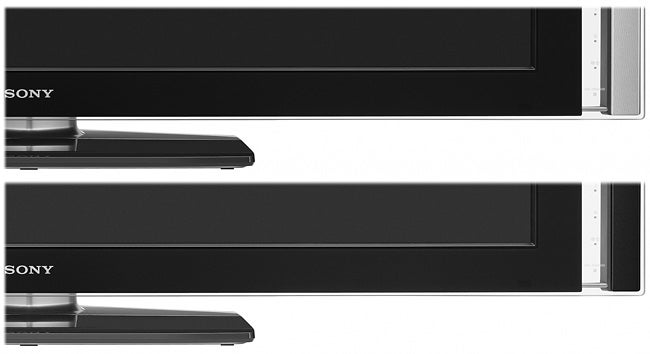
One extra touch of ‘bling’ comes, too, from the way the Sony logo illuminates when the TV’s turned on. Before film purists start moaning about how they don’t want their viewing experience ruined by the sight of a brightly lit Sony logo floating under the picture, the illumination can be turned off if you wish!
The only slight bum note in what’s otherwise a pretty extraordinary design is the TV’s depth. It sticks out 144mm around its rear, making it possibly the fattest ‘flat’ TV I’ve ever seen. 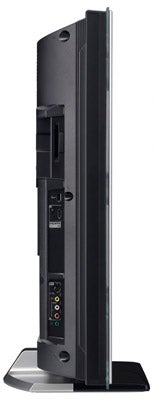
Oh well – at least that chubby butt plays host to an exemplary selection of connections. Four HDMIs, two component video inputs, and a PC jack are just the start of its charms, for it’s also laden with an outstanding level of multimedia support. A LAN connection enables you to jack the TV into your PC network, for instance, so that you can play back multimedia files stored on your hard drive(s). Plus there’s a Digital Media Port through which you can access pictures and audio from attached portable media players via suitable (not included) adaptors. And finally there’s a USB port for direct playback of AV files stored on USB storage devices. Maybe this proves Sony has officially given up on Memory Stick? Here’s hoping.
It’s not the connections that provide the best excuse for the 55X4500’s big rear end, though, but rather the screen technology enclosed within it. For rather crucially, the 55X4500 is Sony’s very first LCD TV to use LED backlighting. Which is pretty exciting stuff when you consider how excellent other recent LED TVs have been.
As you’d expect of such a premium priced TV, the LED array behind the 55X4500’s screen uses local dimming technology. In other words, clusters of LEDs can have their brightness controlled individually, enabling extremes of brightness and shade within a single frame that just aren’t possible with standard single-backlight LCD technology.
If you want to put a number on this, the 55X4500 claims a contrast ratio of 1,000,000:1 – miles in excess of anything seen on an ordinary LCD TV, and eerily reminiscent of the figures claimed by other LED TVs we’ve seen, not to mention the latest Panasonic plasmas. In other words, if the 1,000,000:1 figure isn’t just pure pie in the sky (which is, of course, always a possibility with manufacturers’ own figures), the 55X4500 merely reaffirms the sense that plasma and LED are quickly establishing a premium AV enclave to which normal LCD technology isn’t invited.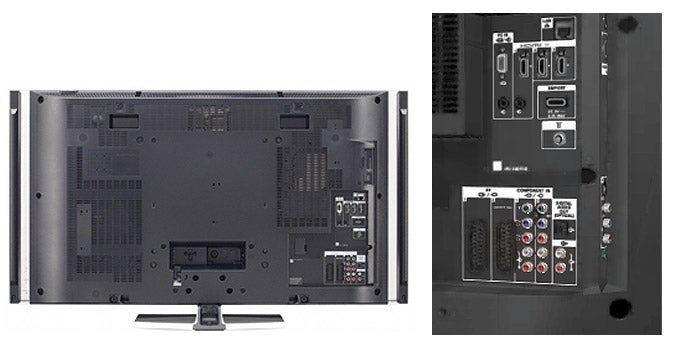
Not surprisingly given its price and unabashed sense of ambition, the 55X4500 is extremely well loaded with features. Not least among these is Sony’s MotionFlow 100Hz engine, which can improve motion clarity by inserting completely new frames of image data calculated to fill in the gaps between the real frames coming in from a source.
What’s more, Sony has intriguingly introduced a new tweak to the 55X4500’s MotionFlow system in the shape of a ‘Clear’ option. Possibly introduced in response to our previously voiced concerns about MotionFlow processing side effects, this Clear mode tones down the MotionFlow engine so that you can watch fast action without being distracted by shimmering or flickering problems. Fingers crossed it works as well as I’m hoping it will.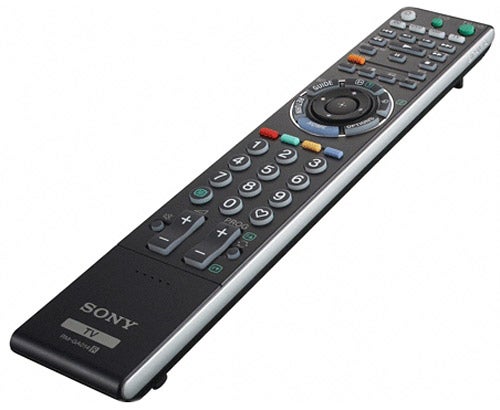
Also on hand to improve pictures is Sony’s Bravia Engine 2 image processing, with its various elements for improving detailing, colour toning, contrast handling, motion and so on and so forth.
Further delving into the 55X4500’s innovative XcrossBar Media twin-axis onscreen menus system unveils all manner of further user tweaks, too. A Game mode is provided, for instance, to reduce the lag between the TV receiving and then showing an image, plus there’s a decent set of colour management tools including x.v Colour activation; the option to adjust the colour space applied to digital photos; the facility to adjust the RGB dynamic range between limited, auto and rather dodgy-looking ‘full’ options; and the ability to manually choose between ITU601 and ITU709 colour matrix settings if you’re not happy with the ‘Auto’ mode’s selection.
There are also standard and MPEG noise reduction routines; a very sensibly calibrated set of picture presets that include a really good Cinema mode; and a DRC mode that intriguingly claims to ‘produce a high-resolution picture for high-density sources such as Blu-ray players or DVD players’. There’s even a DRC setting reckoned to be especially effective with upscaled video – more on this presently.
As if all the settings already mentioned weren’t enough, an ‘Advanced Settings’ submenu allows you to get really involved with the nitty-gritty of the 55X4500’s pictures. Black correction, advanced contrast enhancement, gamma adjustments, white balance, detail enhancement, edge enhancement, even the extremes of the LED dimming (should you actually find the preset level too dynamic) can all be adjusted via this menu. To be honest, aside from perhaps the Detail Enhancer, I didn’t really feel that I improved things much with any of these advanced options, but I’d still rather have them there than not.
The only glaring absentee from all the 55X4500’s flexibility is a truly effective colour management system. So it’s just as well that the factory colour settings of the 55X4500 I tested seemed pretty much immaculate without my intervention!
With good quality HD sources, in particular, the extent of the colour palette is outstanding, delivering everything from exceptionally bright peak whites and vibrant fully saturated reds and blues to the darkest of deep greens and murkiest of yellows. What’s more, the set delivers skin tones quite beautifully, producing them with exceptional naturalism at all times, no matter how difficult the lighting conditions are within a scene.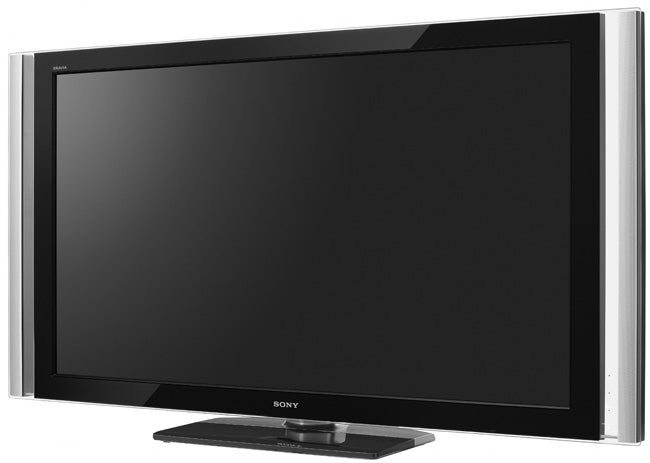
We mentioned the exceptional nature of the 55X4500’s peak whites a moment ago, but actually it’s what’s happening at the opposite end of the luminance scale that makes the 55X4500 truly special. For its black level response is really quite mind-blowing.
Even during the very darkest of scenes, such as the opening murders in a night-time lay-by at the start of David Fincher’s ”Zodiac” (via Sky HD), my eyes detected not a trace of the grey misting over dark areas that characterises almost all flat TVs to some extent. Black looks black, and that’s that. Pioneer’s KURO plasmas are no longer the only TVs that can achieve this key picture quality feat.
What’s even more gobsmacking about the 55X4500’s black levels is the fact that they’re achieved so effortlessly. In other words, achieving deep blacks doesn’t demand anything like the same accompanying reduction in brightness that you have to tolerate with normal LCD TVs when they try to do black, which means that shadow details are free to emerge with total clarity; they don’t get lost in any grey or forced black murkiness. As a result, dark scenes are presented with a greater sense of solidity and immersive three-dimensionality than I’ve seen anywhere aside from – perhaps – Pioneer’s latest KURO plasmas. Remarkable stuff.
The 55X4500’s ability to combine deep blacks and unfettered bright elements within the same frame means it pretty much achieves the holy grail of flat TV picture performance in this reviewer’s humble opinion.
Still more good news concerns the clarity of the 55X4500’s pictures. The screen is, of course, a Full HD affair, but as ever, that’s only a small part of the battle when it comes to reproducing HD in its sharpest glory.
So as I stare goggle-eyed at the exceptional levels of detail and immaculate, noiseless edges of the impressive ”Zodiac” broadcast on the 55X4500, I have to give major kudos to the TV’s Bravia Engine 2 system too, for the way it improves picture quality without introducing softness or lag.
Also earning my respect is the MotionFlow 100Hz system – or more precisely, the new Clear MotionFlow mode. For with this activated, even really rapid action such as the black and white fight in a toilet at the start of ”Casino Royale” is presented with slightly enhanced fluidity and enhanced resolution but, crucially, without nasty side effects.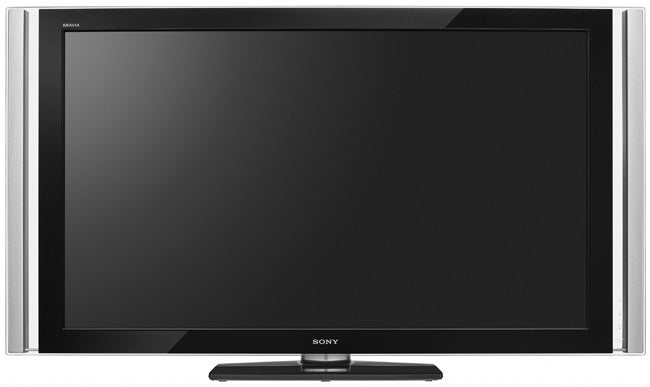
Switch MotionFlow to its more high-powered Smooth or Standard settings, and traces of the flickering and edge shimmering problems I’ve noted before with the technology start to appear. But with the Clear mode, the glitches all but disappear. What’s more, I actually preferred the Clear Mode’s more ‘laid back’ approach to judder removal for it leaves an image more reminiscent of something I’d expect to see in a cinema.
LED TVs to date have tended to suffer a little with ‘blooming’ around really bright image elements, especially if they’re surrounded by darkness. But somehow the 55X4500 keeps this under control, further enhancing the impact of the set’s ability to present ultra-bright whites and colours right alongside pitch blacks.
The 55X4500 is, inevitably, at its stunning best with HD material. But it’s also remarkably good at showing standard definition for such a large, Full HD screen. Some terrific processing – especially from the DRC mode we mentioned earlier – adds bags of detail to standard definition sources, yet crucially it does this cleverly enough not to exaggerate any noise that might be in a source. Even the usually dreadful-looking ”Hallmark” channel emerges from the 55X4500 looking as if it’s been broadcast in some kind of decent DVD-level quality.
Is there anything bad at all to say about the 55X4500’s pictures? One very – very! – minor point would be that, just occasionally, really bright parts of images can look ever so slightly bleached out. Also, the picture tends to lose black level and dynamism quite quickly if you start to watch it from much of an angle down the sides. And finally there are – shock, horror – traces of backlight seepage coming in from the TV’s corners.
However, before you start immediately writing the 55X4500 off on the back of this news, you should know that we’re not talking about a problem on anything like the scale of that seen with Sony’s W4500 TVs recently. The area covered by the light spillage is no more than an inch or so in each corner. 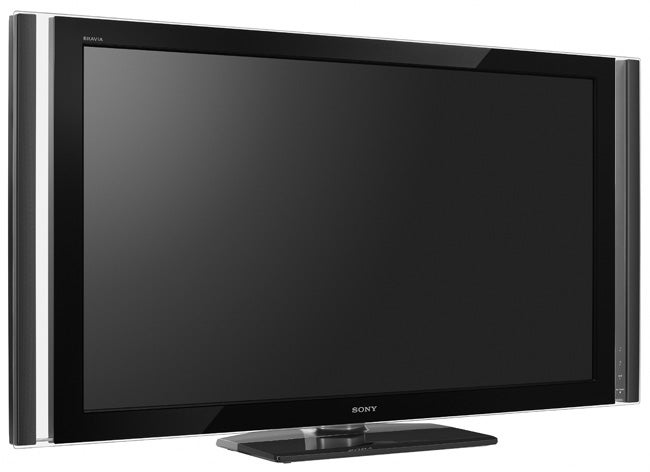
Even more crucially, the problem disappears pretty much completely when the Backlight setting is ramped down to under ‘5’. And since the TV’s pictures are undeniably at their cinematic best with the backlight set to just ‘4’ or even ‘3’, it’s actually not a problem that many ‘serious’ TV users or home cinema fans will have to worry about.
Reluctantly dragging my attentions away from the 55X4500’s amazing pictures to focus on the TV’s eye-catching speakers, they sound good without being outstanding. On the upside, they produce a wide, detailed soundstage with clear vocals and a reasonable amount of mid-range breathing room for meeting the challenge of action scenes. The bad news is the familiar one of a lack of real bass extension, though at least the set doesn’t fall into the trap of trying too hard, so that its chassis vibrates or rattles.
”’Verdict”’
With a clearly superior performance to the Samsung 55in LE55A956 and a less controversial image processing system – and much bigger screen – than the Philips 42in 42PF9803, the 55X4500 is the all-round best LED-based TV I’ve seen so far. And as such, it’s also the first TV to genuinely threaten Pioneer’s established position as the previously undisputed king of picture quality.
I’ve had my problems with various Sony TVs over the past 12 months, but the 55X4500 is a truly landmark product that finally elevates the brand to the same sort of heights in the flat TV world that it once enjoyed in the CRT world. Honestly, it’s that good. Whether anyone can actually afford to buy one right now, though, is sadly another matter.
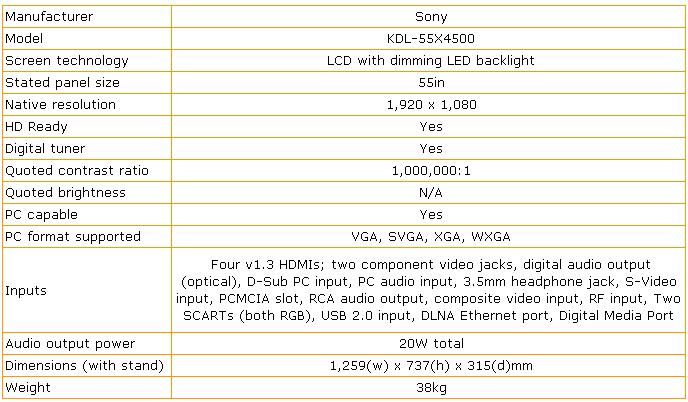
How we test televisions
We test every TV we review thoroughly over an extended period of time. We use industry standard tests to compare features properly. We’ll always tell you what we find. We never, ever, accept money to review a product.
Trusted Score
Score in detail
-
Features 10
-
Value 7
-
Image Quality 10
-
Design 10
-
Sound Quality 8
Features
| Size (Inch) | 55in |
| Display Type | LCD |

